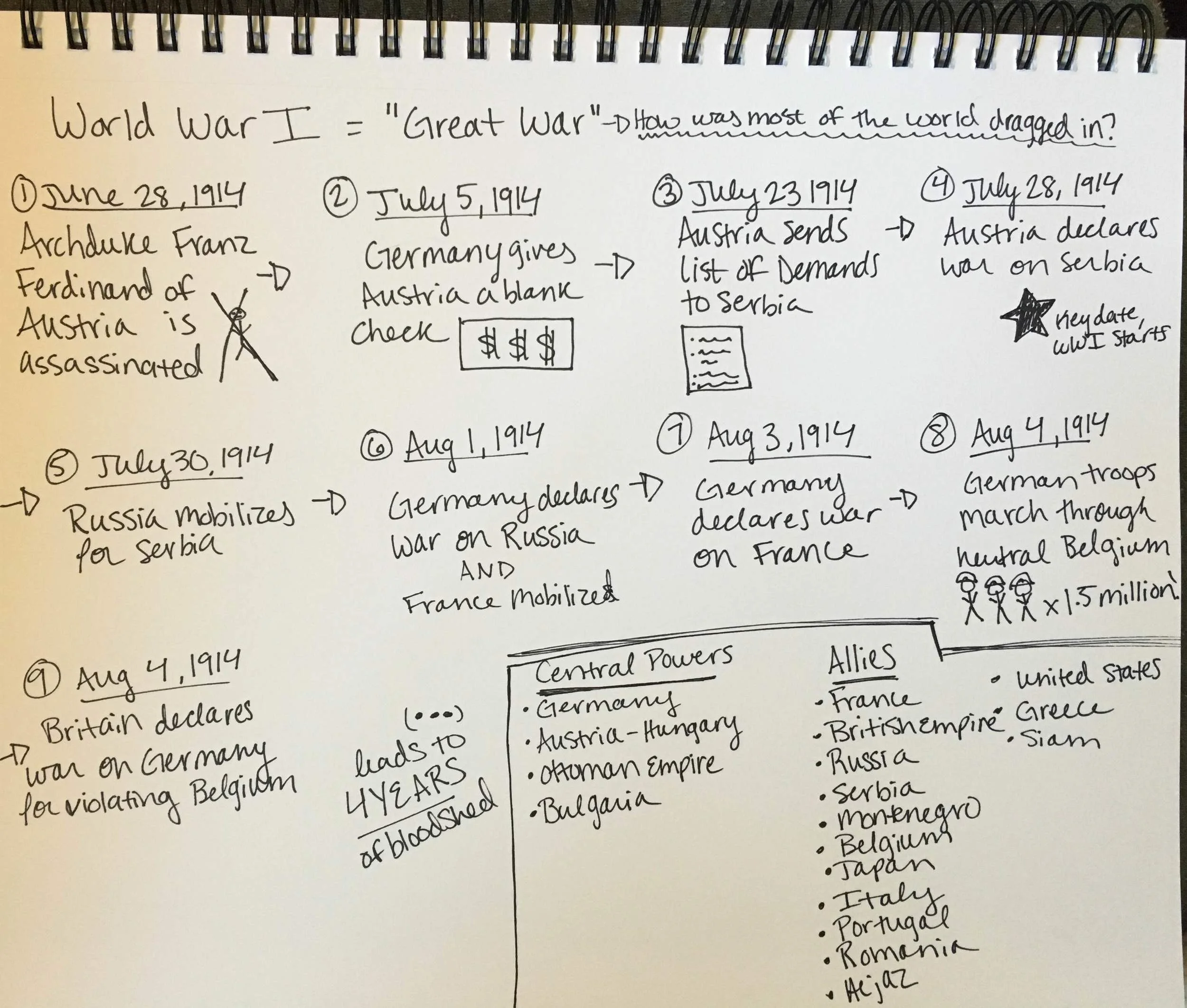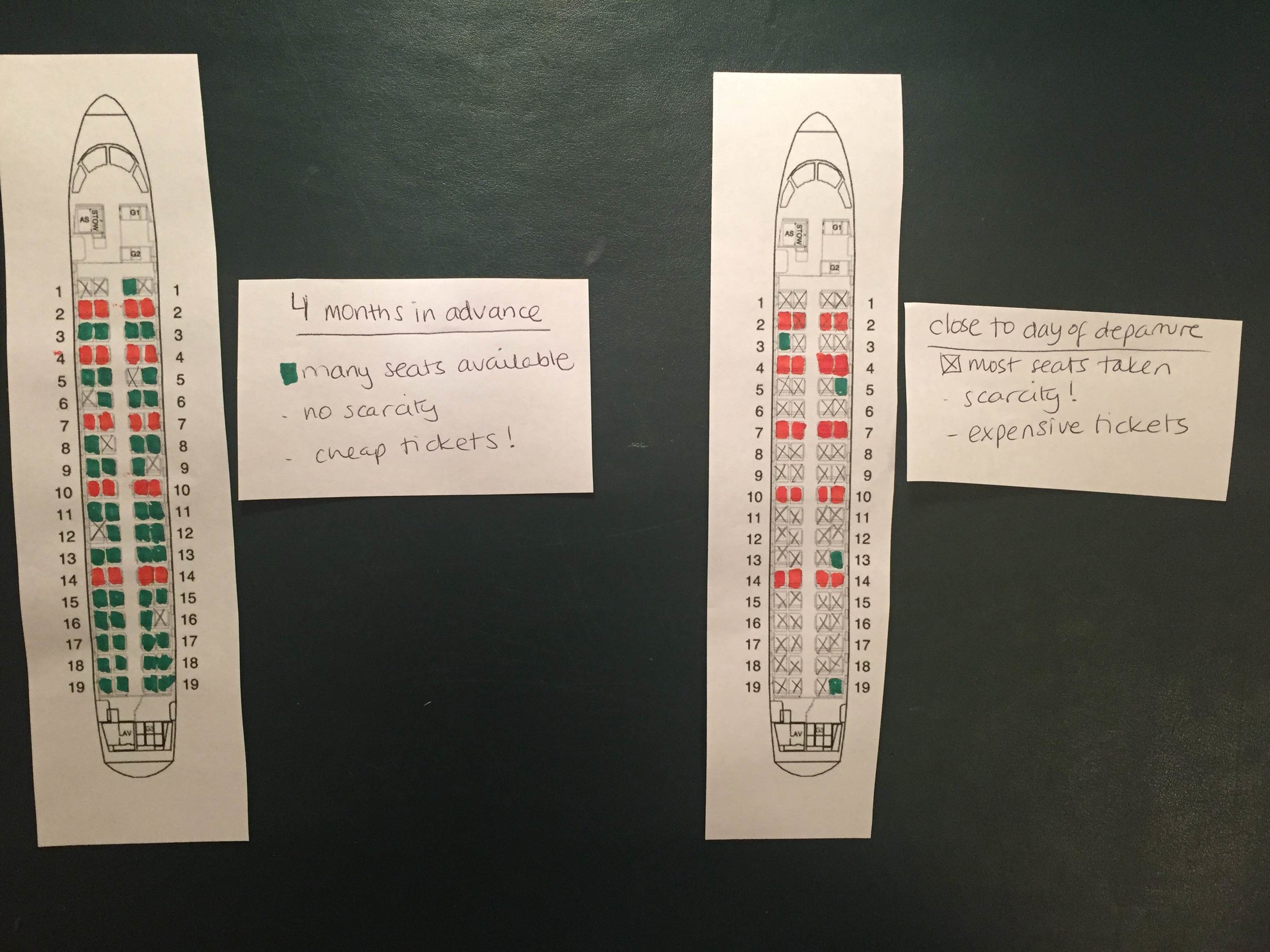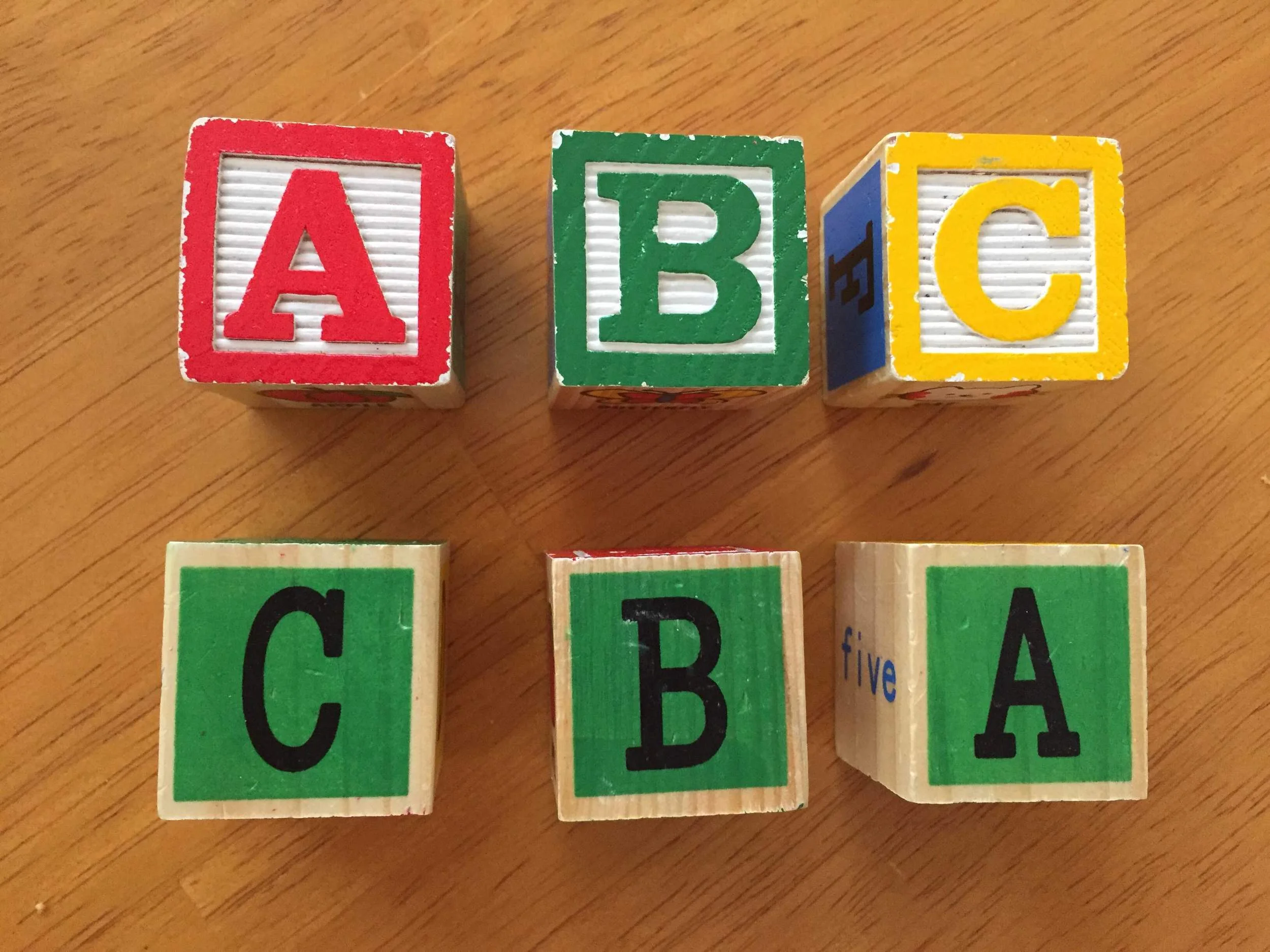This is the final post in a series of six posts designed to help students learn how to study effectively. Today’s post is about dual coding – a method of studying where students combine visuals and words.
All in Learning Scientists Posts
Learn to Study Using... Concrete Examples
This is the fifth in a series of six posts designed to help students learn how to study effectively. The purpose is to provide students with a resource that can help them take charge of their own learning. Today’s post is about concrete examples – that is ...
Six Strategies for Effective Learning
Researchers have learned a great deal about how students learn on their own and in the classroom, and much of this research can be applied to educational settings. One of our primary goals is to make this research on learning more accessible and create free ...
Learn To Study Using…Interleaving
This is the fourth in a series of six posts designed to help students learn how to study effectively. The purpose is to provide students with a resource that can help them take charge of their own learning. So far, we have posted on...
Retrieval Practice in the Classroom: New Evidence!
We have covered the many benefits of retrieval practice, but we have often heard criticism that the evidence for retrieval practice often comes from randomized controlled trials in the laboratory using materials that are too simplistic. While there is evidence that retrieval practice ...
Tips for Teachers: Dealing with Plagiarism
With Melania Trump’s recently plagiarized speech at the Republican National Convention, the media has been abuzz about plagiarism. Yet for teachers and students, issues of academic integrity are recurrent. In our most recent weekly digest, we compiled a list ...






